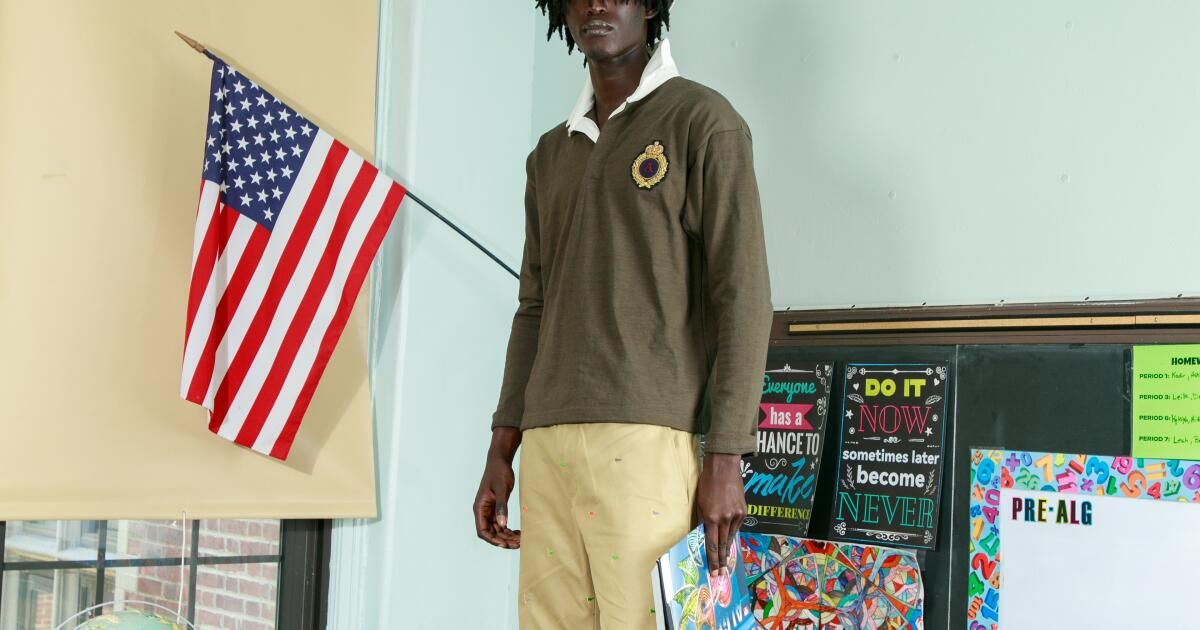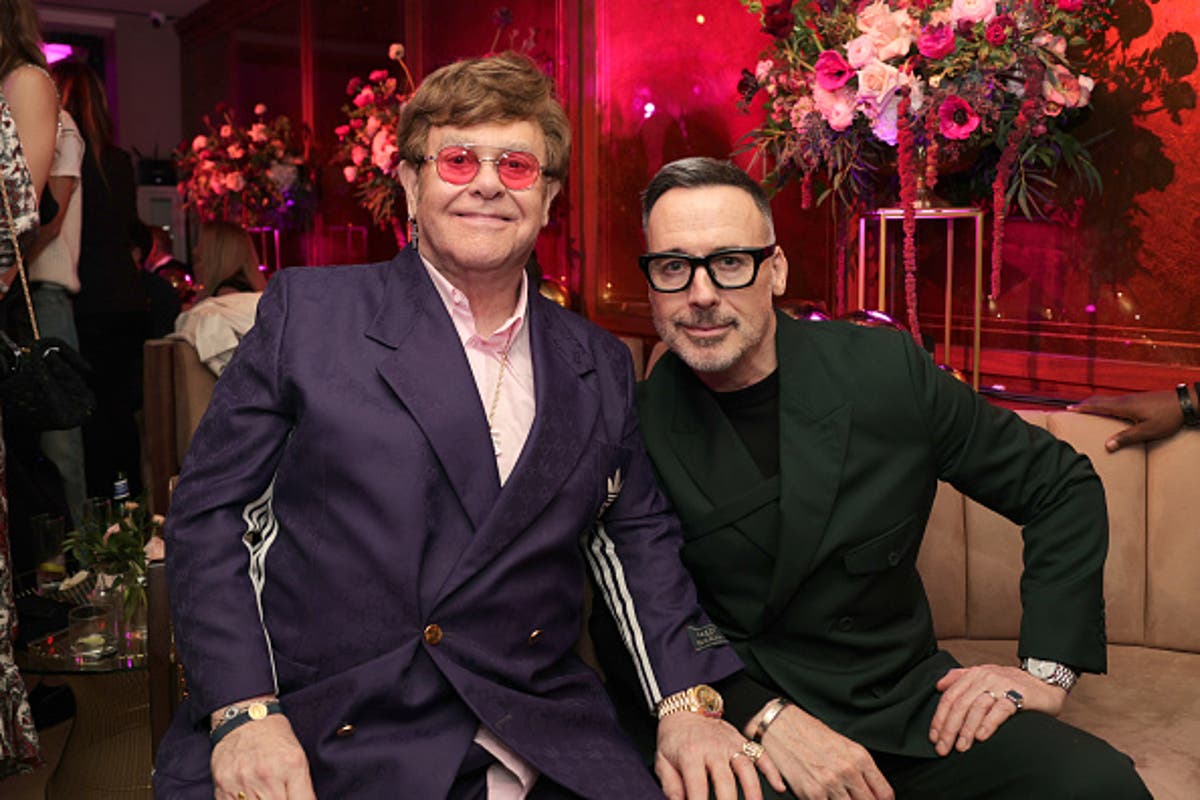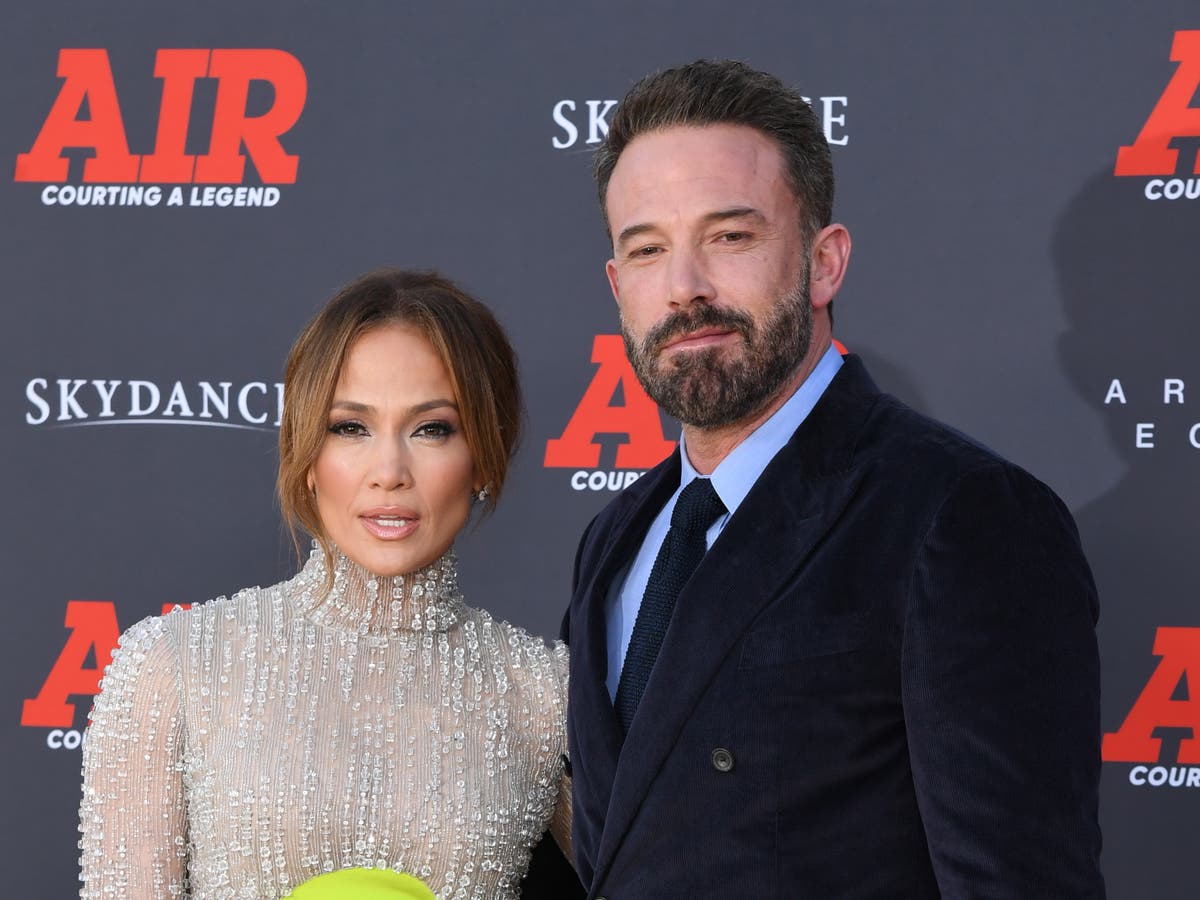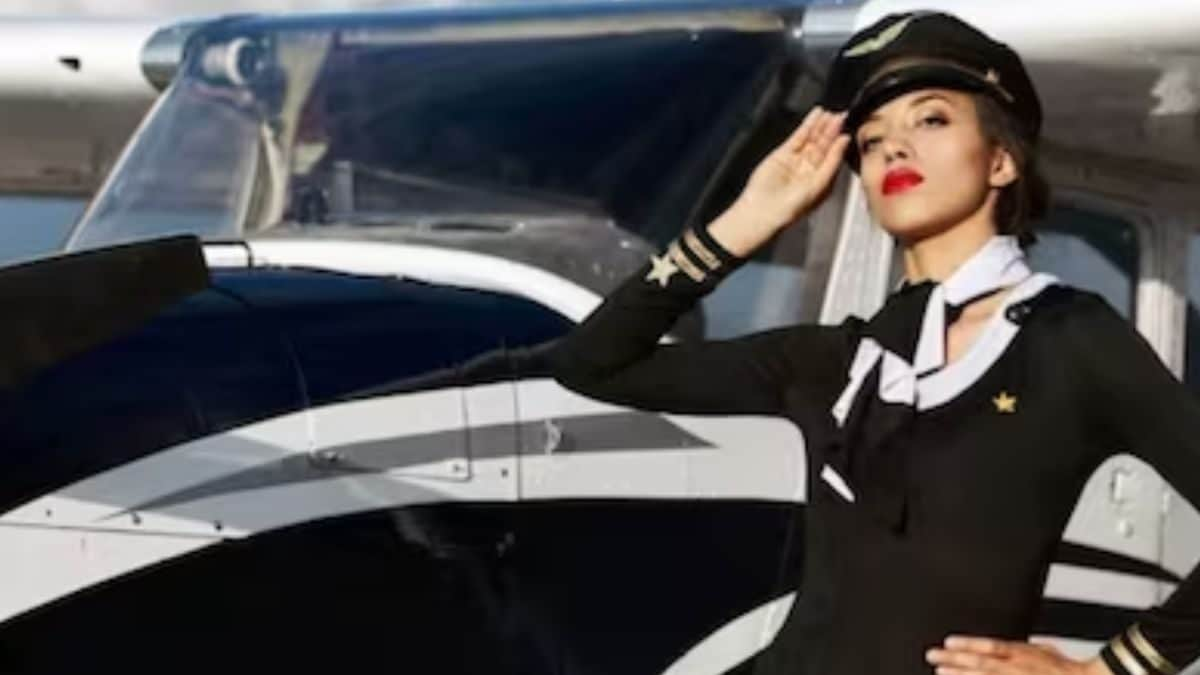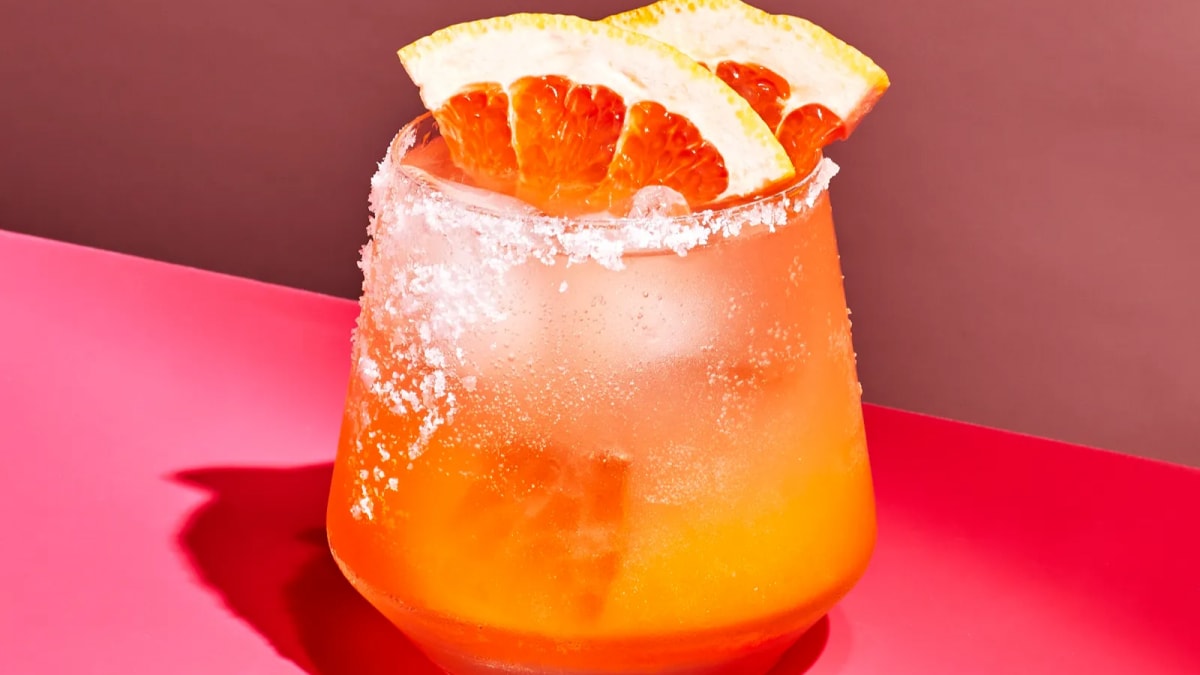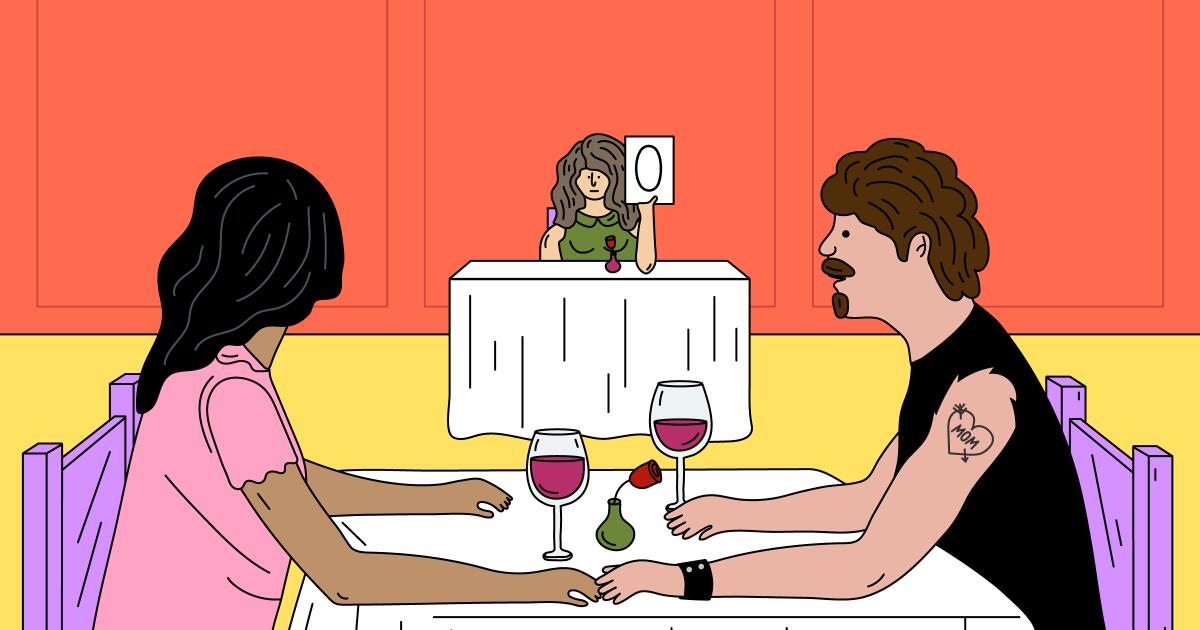Chris Echevarria Hella Academy Pennant Chinos in Khaki, Field Ready Rugby in Hunter Green, Schoolboy Jacket in Navy, Weekender Bucket Hat in Tortoiseshell, Ellis Penny Loafer in Chocolate, Vibram 1757 Lug Sole.
When we talk about “traditional American menswear,” we rarely ask ourselves what that actually means. What “American tradition” are we referring to? For better or worse, that phrase usually refers to what is commonly referred to as “prep.” The classic polos, khakis, and three- and two-piece jackets that are commonly associated with Ralph Lauren. Prep is a trend that is actually not a trend at all, a much-talked-about buzzword that describes the very foundation of the American wardrobe. It’s in the air and the water here and has been exported around the world. It’s a style that is almost synonymous with lineage, legacy, and family. There’s a reason a boiled J. Crew polo and some slowly deteriorating Sperry Top Siders will always look good. It’s because they tell a story. Classic American clothing tells a big story—of your life, your family, or the entire nation. It’s clothing associated with the ruling class, the rich, and the white. Let’s go back to the original question: What American tradition are we referring to? Whose story is this?
Chris Echevarría, the mind behind the Academy brand, asks that question with everything he releases. And in the answer, Echevarría says: my story, but also yours. The looks are familiar — gold-buttoned blazers, oxfords and rugby — but with a hint of New York City swagger. It’s the uniform of Echevarría’s youth on the East Coast, moving between the suburbs and Manhattan. For most American heritage menswear, nostalgia is a strong influence, but the young Black designer doesn’t want to play into all that. “Nostalgia is a good way to play with people’s emotions. And it’s an easy way to play with people’s emotions,” Echevarría tells me over Zoom. “I don’t want to play with people’s emotions that way.”
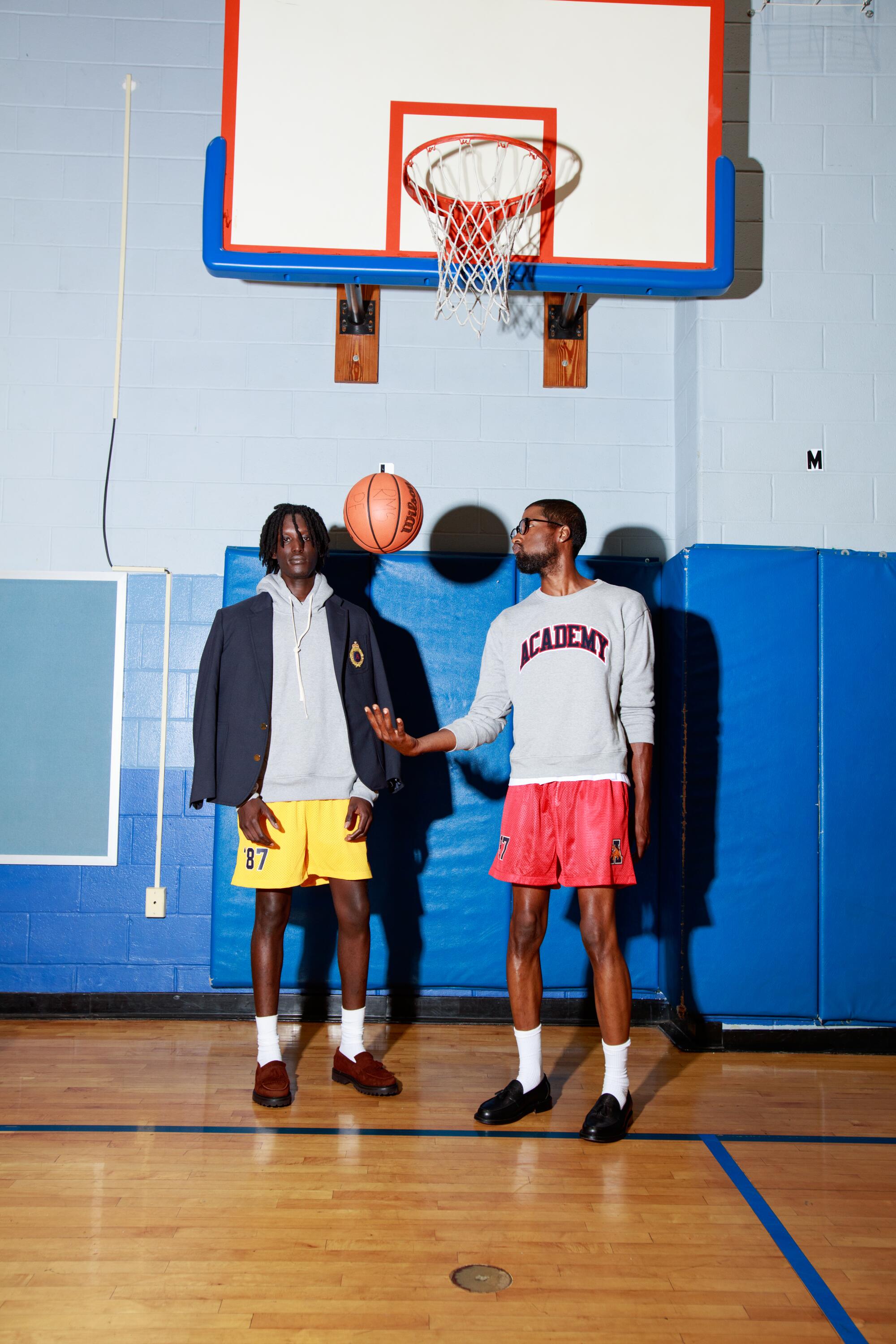
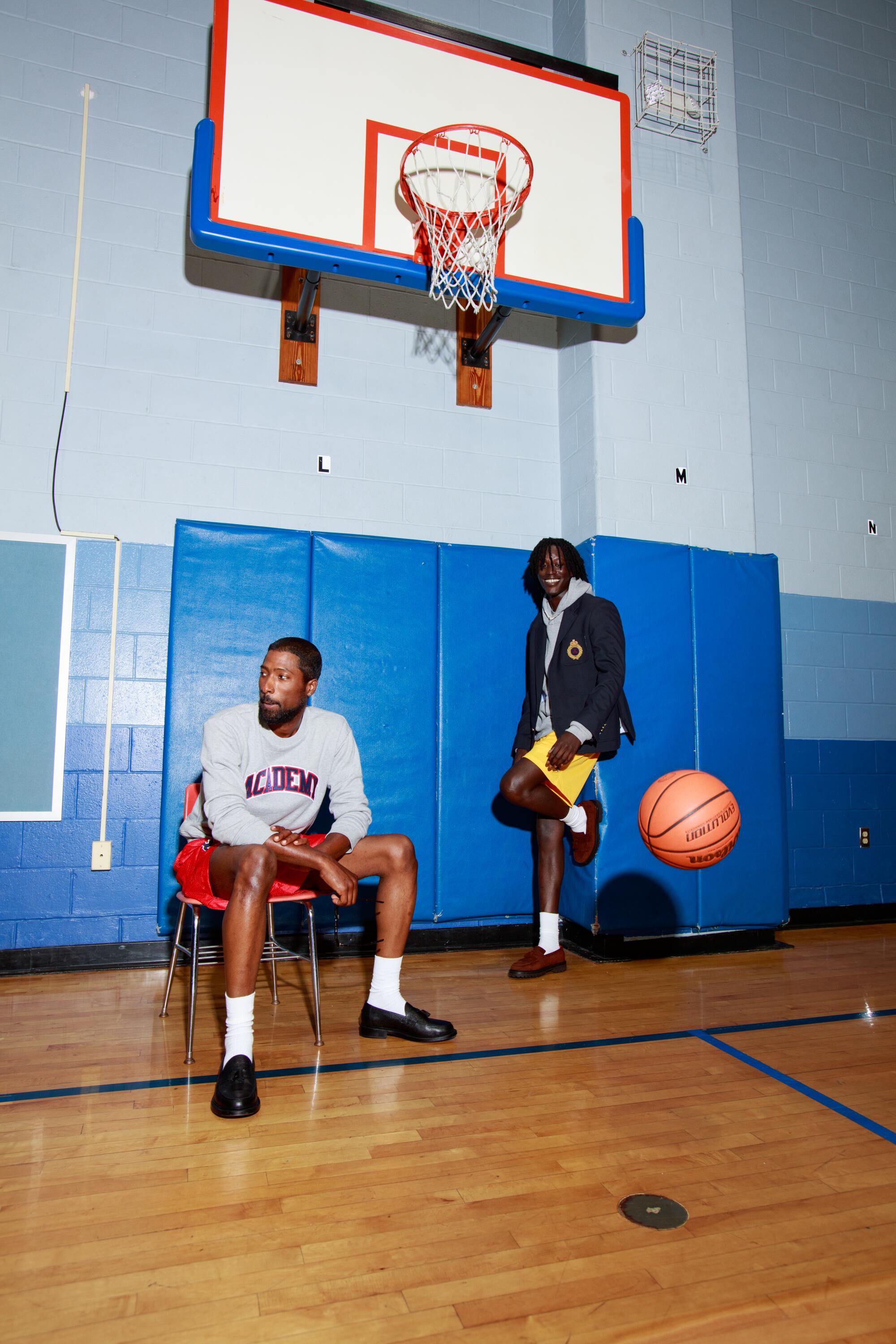
Jean-Christopher, left, is wearing an Academy by Chris Echevarria Bookstore Crewneck in Navy/Red, PE Shorts in Crimson, and a Classic Tassel Loafer in Onyx. Hella is wearing an Academy by Chris Echevarria Away Game Hoodie, a Schoolboy Jacket in Navy, PE Shorts in Canary, and an Academy-Exclusive Kiltie Loafer in Chestnut.
Academy is, in a sense, a brand that looks back. The site’s About page boldly declares that the brand is “rooted in education and the lifelong pursuit of enrichment.” When you see the clothes, you can’t help but think of school, whether it’s your school or the imaginary prep academy (hence the name) from a movie like “Dead Poets Society.” It’s also about what happens after school, those youthful trips to the mall to peruse the racks and racks of Gap or Banana Republic. Echevarría is clearly still communicating with that version of himself when he tells me about his mother taking him to the mall in his home state of New Jersey to begin the long process of understanding what style meant to him. But he also sees that nostalgia as a trap that impedes personal growth. How much do you want to long for “better days,” when maybe there was more beneath the surface of those “better days” than we want to admit?

Designer Chris Echevarria wears the Academy by Chris Echevarria Staff varsity jacket in collaboration with Golden Bear and Brian Blakely, Max Pittion sunglasses and a New Era cap.
Echevarría got his start in fashion by dropping out of the University of Maryland’s pre-med program. From there, he returned to New York to pursue his passion for fashion, first with a job at Kidrobot and then at Parsons School of Design. But Parsons had its fashion students take womenswear courses before they even considered going into menswear. What made Echevarría decide to do so was a stint at the hallowed mecca of late-2000s menswear: the J. Crew liquor store in Lower Manhattan. Echevarría speaks fondly of that time, when the Ludlow suit reigned supreme and impeccable “Mad Men”-style tailoring was all the rage. I dare say he’s a little nostalgic for the moment when it all really started to click. “If I hadn’t had those experiences, I probably wouldn’t be where I am.”
The Liquor Store heralded a new era in a man’s relationship with clothing: It could be a lifelong pursuit—creativity, joy, and defiant self-expression. And it all happened with the prep classics. “Now you had everything you wanted as a man in one place, and you had people there who could speak to that specifically for you,” Echevarría says. “Before that, there wasn’t a lot of [community].”
Echevarría associated himself with the heavyweights and newcomers that would define the menswear scene in the years that followed. Brands like Billy Reid, Thom Browne, and Scott Sternberg's late Band of Outsiders remixed and reinvented the simplicity of menswear. “Band of Outsiders really showed me how fun this industry could be, just through the silhouettes, the colors used, the way it was made,” he said. [Sternberg] “He pushed the boundaries of design but made it classic, in a way that was 1980s and modern at the same time.”
In 2017, Echevarría took what he learned on the streets of SoHo to launch Blackstock & Weber, a line of avant-garde loafers that caught on just as menswear was taking another step toward elegance. Men who might have focused all their energy on Jordans were now buying shoes their father might have worn, but with the bold twists that define everything Echevarría does: two-tone, chunky soles, and cheetah print.
Academy, which launched last fall, is a natural extension of what Echevarría started with Blackstock & Weber. Familiar, but different. Chinos with pennants sewn on them nod to Ralph Lauren. There’s camouflage, which is very on-trend, but also inspired by Japanese military style. Prep wear has a style that it doesn’t always have.
If this sounds like other brands you might like, you're not wrong. Your IG feed and shopping cart are filled with brands that touch on traditional American fashion and inject it with urban New York, but there's one major difference that Echevarría articulates simply: “The difference between me and [other prep designers] is that I can say n—, and [they] “You can’t,” he says bluntly. “You can skirt around these ideas and say, ‘I was there, but did you really experience it? ’ You can talk about the things my friends and I did every day and make caricatures about our experience, but in the end, it’s just a caricature.”


Jean-Christopher is wearing an Academy by Chris Echevarria Airport Fleece, an Away Game Hoodie, Stash Shorts in Camo, an Ellis Penny Loafer in Chocolate, and a Vibram 1757 Lug Sole. Hella is wearing an Academy by Chris Echevarria Stash Pant in Navy, a Safari Jacket in Navy, and an Academy-exclusive Kiltie Loafer in Midnight.
That caricature he speaks of is exemplified by celebrity and brand lookbooks and the Instagram culture that has come to dominate fashion, specifically menswear: the carefully curated accessories (cigars, half-eaten plates of pasta), allusions to old “Seinfeld” episodes and any other ephemera that indicates “New York” or “black.” How do you define what’s real? Who’s the arbiter of truth? In some cases, it’s just a feeling. You see something and you know it comes from a place of lived experience. The reality of Academy is that it comes from a black kid from New Jersey and is influenced by that life. It’s not a trend or a farce.
What Echevarría hopes to do is speak not just to the diversity of his experience, but to the experience of crossing lines and living in multiple worlds as a Black man in America.
“I’ve lived in the suburbs, in an apartment with my mom and my grandma, and I’ve had cousins who lived in the slums and I would visit them and sometimes even live with them,” she says. “I understand that there are all these different strata in this world and that fashion is a form of expression across all those strata, especially as a person of color.”
As a biracial person, this hits close to home for me. It relates to the first question: What American tradition are we referring to? Whose story is this?
“What ends up happening as a person of color is that you have to use these signals [of style and fashion]“Through the things you choose to wear, through the way you choose to present yourself, to show the other people in the room that you belong. And that is a unique experience for any person of color who grew up in America.”
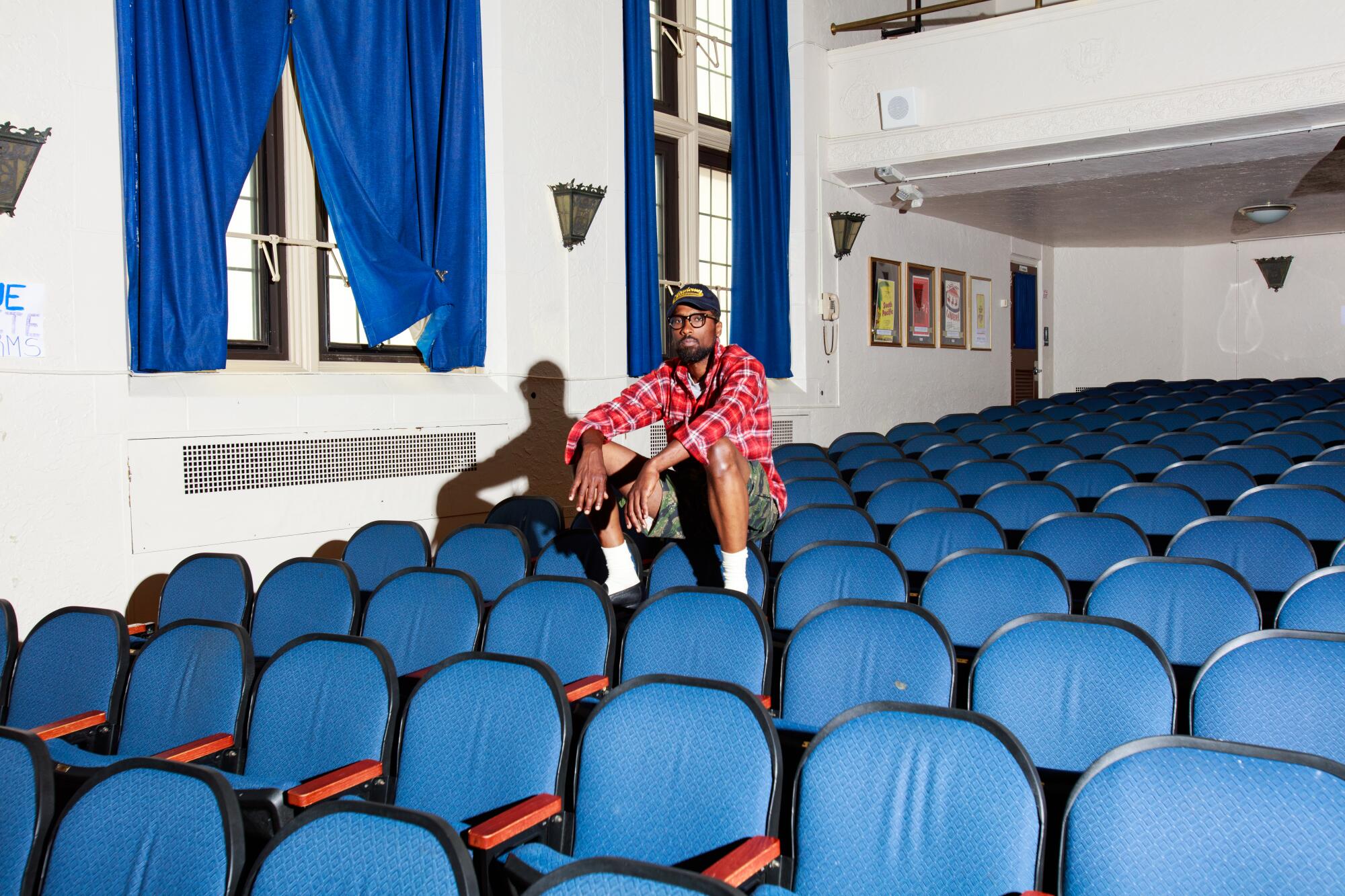
Jean-Christopher is wearing Academy by Chris Echevarria Talk Show Cap in Navy, Shirt in Red/Blue, Stash Shorts in Camo, and Classic Tassel Loafer in Onyx.
By re-contextualizing grooming, the Academy shows that “tradition” doesn’t have to mean exclusion, and that in a white-dominated industry, a black designer can thrive and create clothes that make “tradition” feel intensely personal. A blazer or a pair of loafers can create a legacy.
Production Alan Crafts, Jared Craft, Bella Lopez
Models Jean-Christopher Celestin, Hella Tall
Cleanliness Jennifer Gonzalez
Photography Assistant Joshua Jimenez


